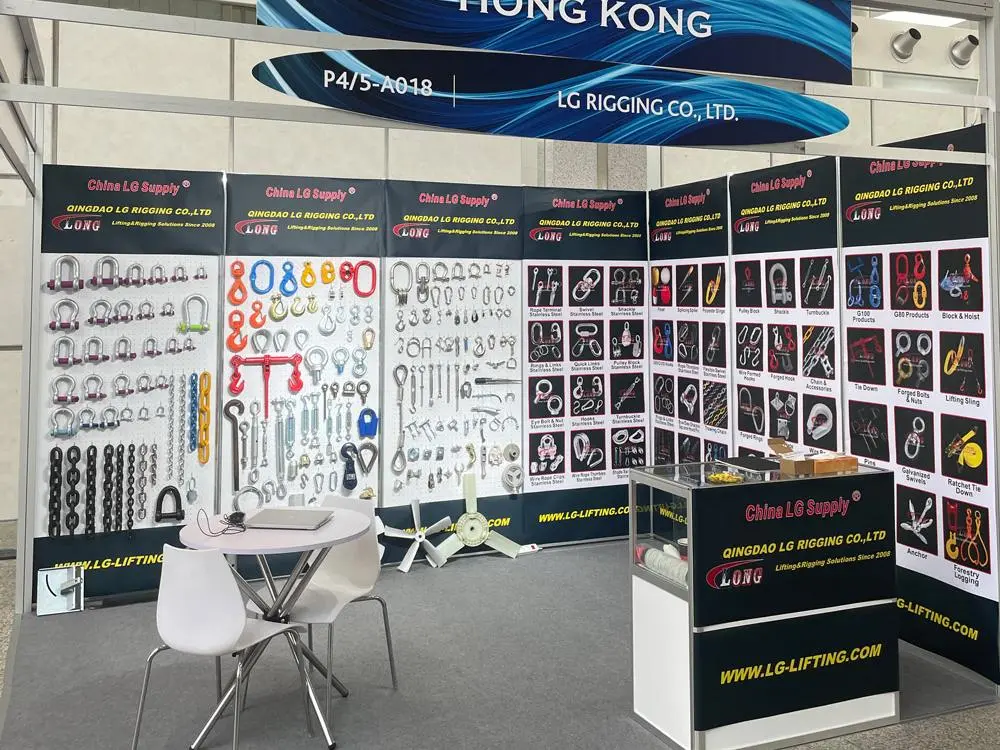





























































































































In the intricate world of rigging and wire assemblies, the role of wire thimbles cannot be overstated. These small but crucial components play a significant role in enhancing the durability and functionality of wire ropes. As we delve into the realm of wire thimble types, it becomes evident that these unassuming devices serve diverse purposes across various applications, each designed with specific characteristics to meet specialized needs.
Wire thimble types come in a variety of shapes, sizes, and materials, each tailored to address the unique demands of different applications. Let's explore three common types of wire thimbles and their specialized uses with rigging hardware manufacturer.
Closed wire thimbles are characterized by their solid construction, forming a complete loop without any openings. This design offers optimal stability and reinforcement, making them well-suited for heavy-duty applications. Industries such as construction, towing, and maritime operations often rely on closed wire thimbles to provide added support and prevent wear and tear in scenarios where the wire rope undergoes intense stress and strain.
In contrast to closed thimbles, open wire thimbles feature a gap, allowing for easier insertion and removal of the wire rope thimbles for sale. This design provides flexibility in connecting and disconnecting the wire, making open thimbles particularly suitable for applications where quick assembly and disassembly are essential. Industries such as rescue operations, theatrical rigging, and temporary installations benefit from the convenience offered by open wire thimbles, facilitating swift and efficient rigging processes.
For applications subjected to extremely heavy loads and harsh conditions, heavy-duty wire thimbles come into play. These thimbles are engineered with reinforced materials and robust designs to withstand intense pressures. Industries involved in lifting and hoisting operations, such as construction cranes and industrial rigging, often opt for heavy-duty wire thimbles to ensure the longevity and reliability of their wire rope systems under demanding circumstances.
In the construction industry, wire thimbles find their place in various rigging applications. Closed thimbles may be employed in scenarios where stability and load-bearing capacity are paramount, such as securing loads for lifting or construction cranes. Open thimbles, on the other hand, offer quick and efficient solutions for temporary rigging needs, providing flexibility during construction projects.
The maritime industry relies heavily on the durability and corrosion resistance of wire thimbles. Closed thimbles play a crucial role in securing ropes for anchoring or towing, providing a robust connection that can withstand the corrosive effects of saltwater. Heavy-duty thimbles are often chosen for their ability to handle the immense loads encountered in maritime applications, ensuring the safety and reliability of crucial rigging systems.
In the realm of entertainment, particularly in theatrical productions, wire thimbles take center stage. Open thimbles provide the flexibility needed for rapid setup and dismantling of stage rigging elements, facilitating smooth transitions during performances. The lightweight yet sturdy nature of these thimbles makes them ideal for applications where ease of use is essential without compromising on safety.
In conclusion, understanding the nuances of wire thimble types is essential for selecting the right component for specific rigging applications. Whether it's the stability of closed thimbles in heavy-duty operations, the flexibility of open thimbles in temporary setups, or the resilience of heavy-duty thimbles in extreme conditions, each type plays a vital role in ensuring the efficiency, safety, and longevity of wire rope systems across diverse industries. As technology and materials advance, the world of wire thimbles continues to evolve, offering innovative solutions to meet the ever-changing demands of rigging and wire assembly applications.











